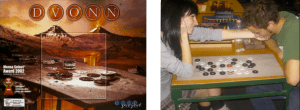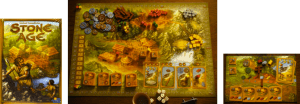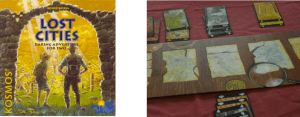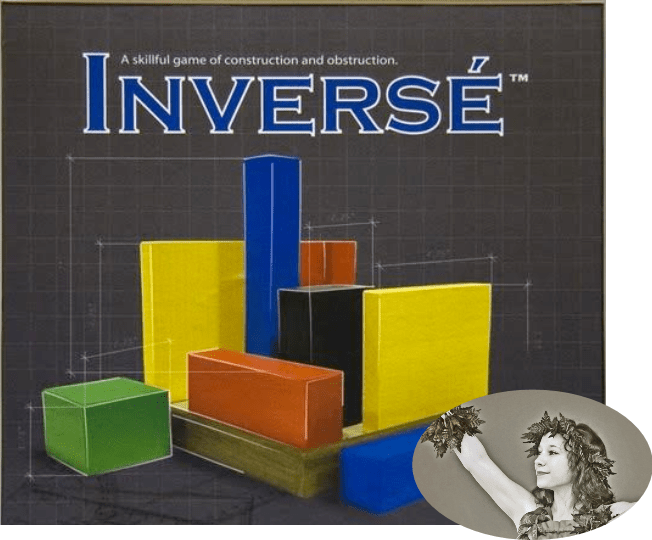What about the use of games in the classroom?
The heart of mathematics education is problem solving. Thinking games pose one problem after another problem – a whole sequence of problems that end with victory or defeat. They fit naturally into a mathematics classroom for that reason alone.
Are there other reasons games belong?
Yes – some games hit the curriculum multiple times. For example, many games require that scores be added or probabilities estimated.
So what type of games do you think a classroom should have?
• Two person pure strategy games – like Go and Connect-4
• Games that blend luck and strategy – like For Sale and Perudo.
• Games of deduction – like Avalon or Werewolf.
For this blog-talk, let’s focus on games that hit the elementary mathematics curriculum multiple times. What are your top few recommendations and how do you choose?
I look for these things:
1) Easy to learn / Difficult to master.
2) Takes between 5 and 30 minutes.
3) Not critical if a piece is lost.
4) Easy to clean up.
5) Cost.

For Sale is a great game to practice buying and selling for a grade 2 – 5 student although the strategy is deep enough for mathematicians. The cards have houses from an undesirable outhouse or cardboard box to a magical castle or swanky spaceship. If you stick to the official rules, grade 2 and 3 students will need a lot of help, but will stay engaged for quite some time – largely due to the fun artwork of the cards. (Thanks to Michael Jordal for the permission to reproduce the rightmost image. He holds copyright.)

Dvonn is a two player game that is fast to play and easy to learn so it is better than go or chess for classroom use. It can be taught to good grade one students, but it is best with grades 3+
Like all these games, Dvonn supports the mathematics curriculum by encouraging children to problem solve, but because Dvonn is a pure strategy game, the problems are easier to discuss with their peers. For adults, I recommend an online version of Dvonn just as strongly as the beautifully produced version above. (Thanks to Gianni Cottogni for the rightmost image. Attribution is required if you want to use it.)
Where online?
If I had to recommend just one site it would be www.littlegolem.net. It automatically saves all of your old games for discussion and the competition play is fantastic. It is also a SLOW experience – players typically make just one or two moves a day per game. Online gaming on littlegolem is also free, illegal moves are impossible, and you can play world champions if you get good enough.
However, game addiction, security and lack of social interaction are real issues with online gaming.
Any further ideas?
There are many games that are not ideal for classroom usage, but are fantastic to support the elementary mathematics curriculum from either home or a progressive school library.

Stone Age is a reasonably complex board game that is too long for a classroom experience, but for a family interested in starting up a culture of board gaming to support a struggling grade 4 or 5 student, it is the one of the best ways I know to introduce division and remainders. The art work is top notch – an important factor to engage many people. It is recommended that the game be shortened by reducing the size of the stacks. (Thanks to Marcin Gliński for the two rightmost images. These images are for non-commercial use only and must be attributed to him.)

Lost Cities by Reiner Knizia (PhD mathematics) provides an exciting introduction to basic multiplication (x2, x3, and x4) The game is only for two players and the price is a bit high for a card game so it won’t work well in many classrooms, but it is satisfyingly fast and forces players to make tough decisions based on limited information. (Thanks to Manuel Pombeiro for the rightmost image. It is for non-commercial use only and must be attributed to him.
Before we go, where do people go to find out about quality games?
The best place to go is www.boardgamegeek.com

